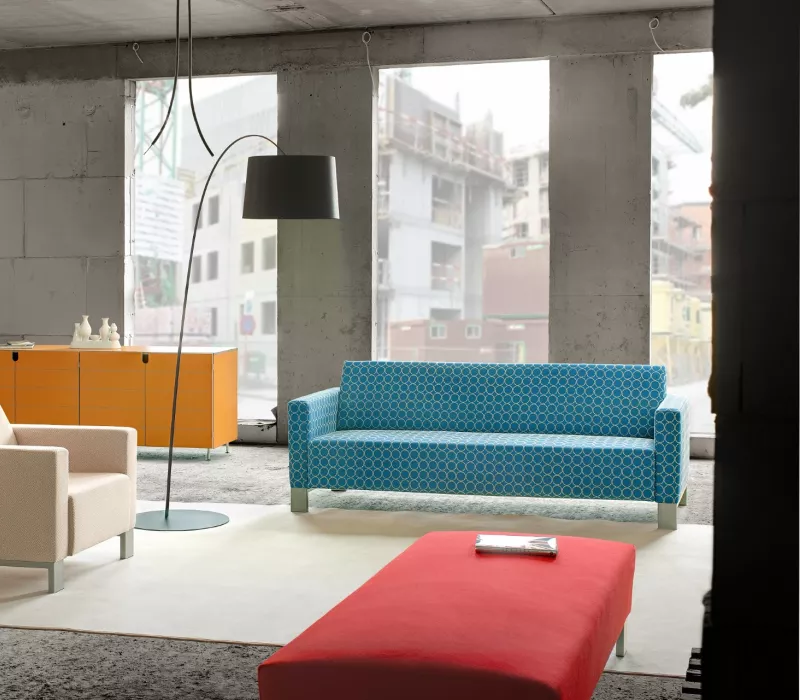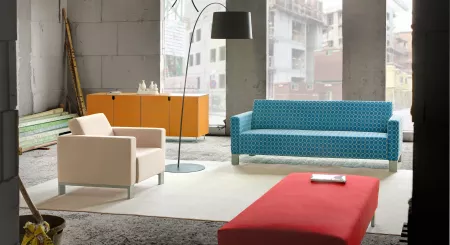What do you need to think about when buying care furniture? First and foremost, the comfort of the user, of course. But the quality of the materials and how easy a chair, table, bed or armchair is to clean are also important aspects in your decision. High-quality, low-maintenance furniture remains in good condition longer, making it a long-term investment. We have a few cleaning tips to maximise the useful life of your care furniture.
Chairs
- A leatherette seat is easy to clean with alkaline soap (such as Dreft). Always rinse away the soap with plenty of water to prevent stains.
Tables
- Prefer to move tables without any heavy lifting? Tables with two integrated castors in the legs can be moved with ease (avoiding damage to the legs).
- Prefer tables with levelling feet. This ensures that unevenness in the floor is smoothed away; your table is completely stable, so objects are not at a risk of falling.
- A high pressure laminate (HPL) tabletop is thicker and less sensitive to scratching than a (thinner, cheaper) melamine one. It takes must less effort and expense to clean. Use a cleaning product like Chemico. That removes cup stains and other dirt much more effectively.
Electric beds
- A yearly inspection is recommended to ensure all electric parts (motors, cables, manual control) work safely and as designed. Any damage can then be identified and repaired before it becomes a real problem. In Belgium, these inspections are compulsory for hospitals, but not for assisted-living centres.
- Fall protection is an important concern in the care sector. With that in mind, you should regularly check that the bed rail is working properly.
- The motor is covered under the bed. But careless use of a tilt and lift mechanism can cause damage to the casing. Regular inspections are needed to ensure fluid does not damage the motor (if a patient is incontinent, say).
Armchairs
- Check that the directional castors on the chairs move freely and the bolts are tight. That is not only important for the safety of the user, but also from an ergonomic perspective for care staff. If castors do not move freely, staff need to work harder to move the chair.
- Make sure the gas springs are properly adjusted. This is important when trying to put the back in the right position, say.
- Regularly check that the electric and steel wire cables are nice and tight.
Like to know more about cleaning care furniture? Download here 'Tips & Tricks' for the maintenance of your healthcare furniture
Or would you like to order a maintenance round? Our technical team is there for you. Contact us to make an appointment, with no obligations on your part.

